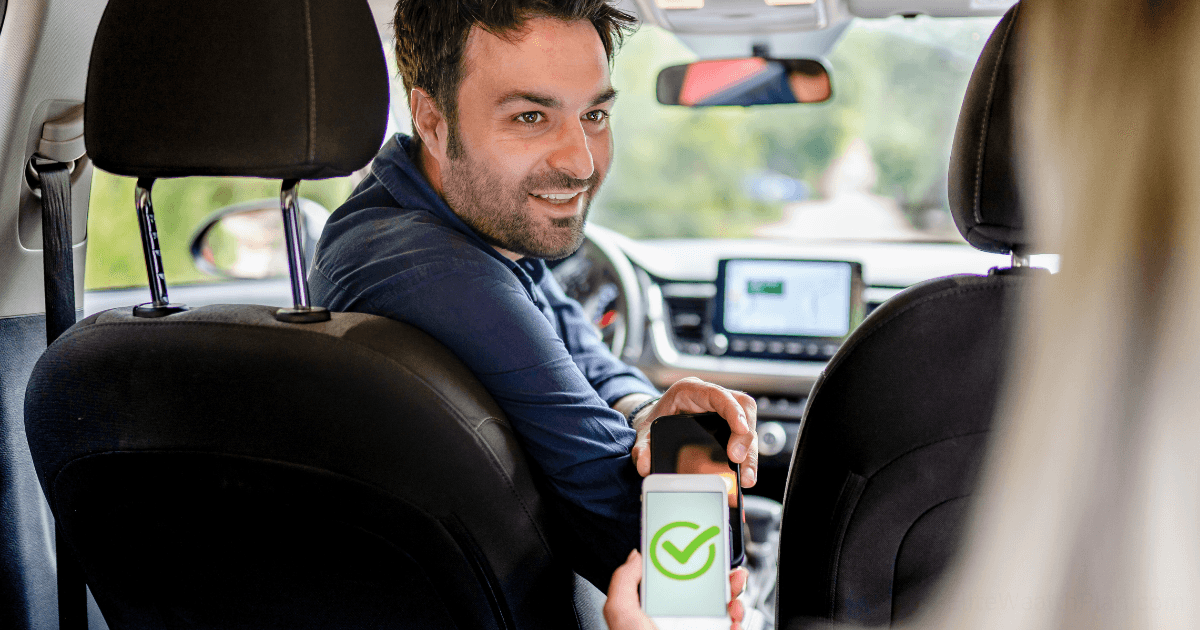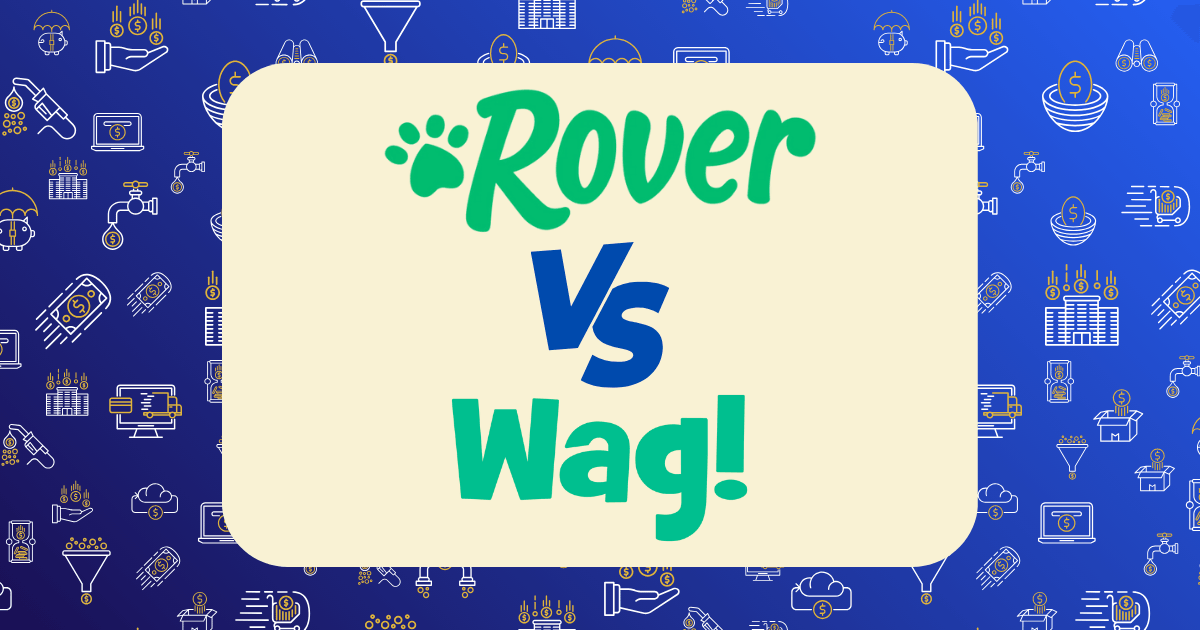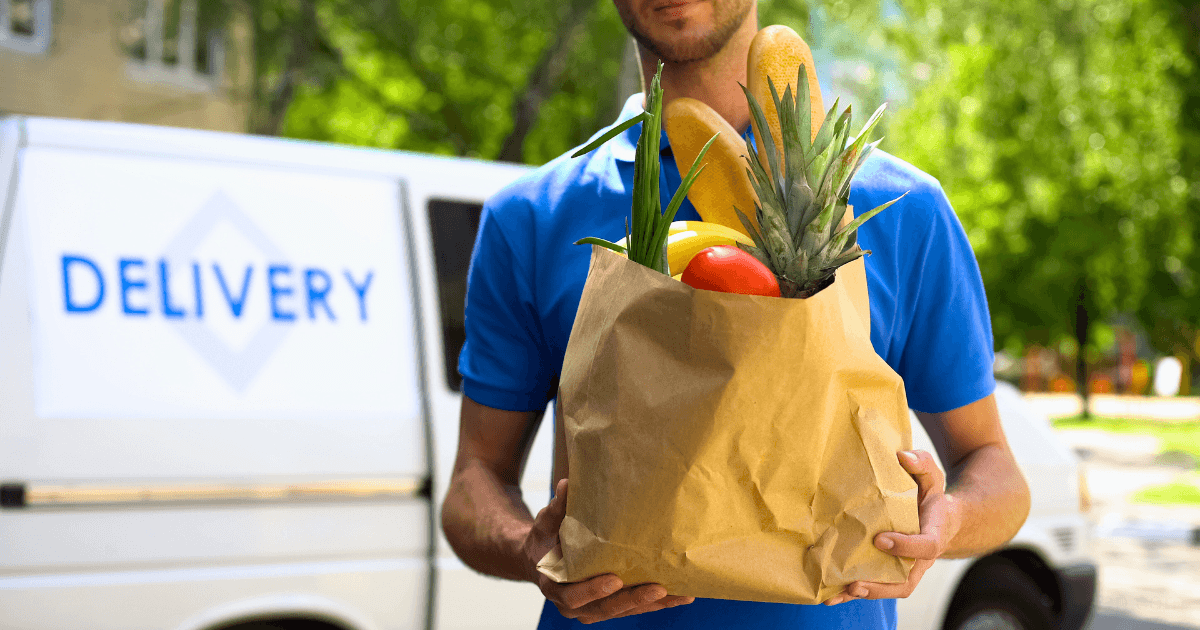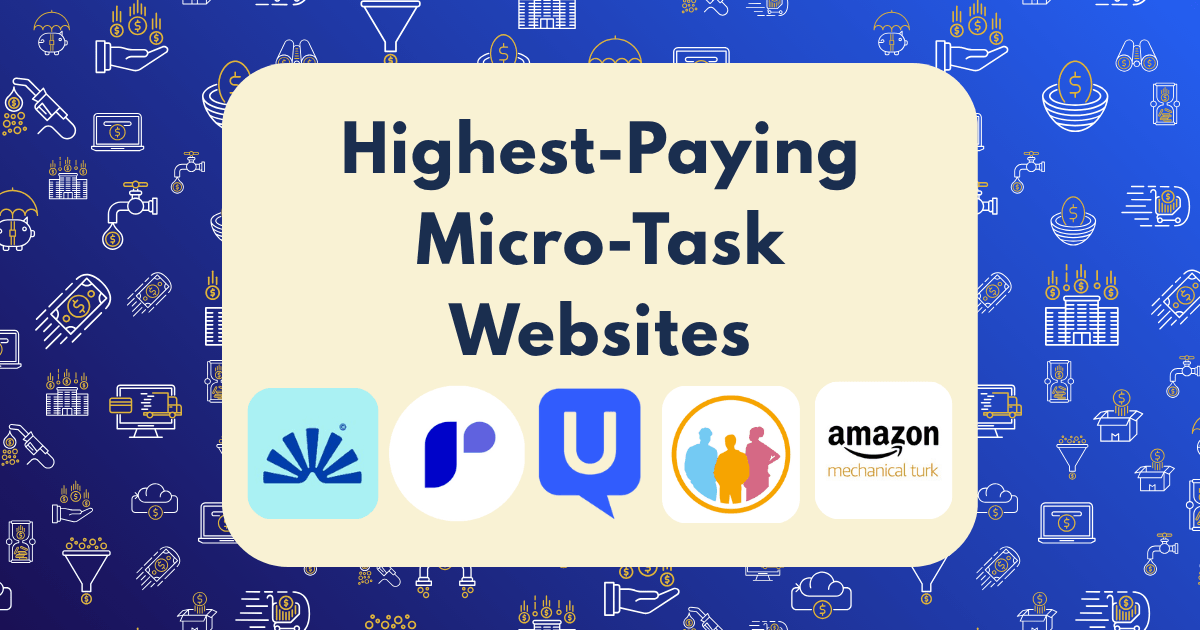Rideshare Driving Tactics: Maximizing Profits During Peak Hours and Special Events

After three years and over 8,000 rides as an Uber and Lyft driver, I’ve discovered something most drivers never realize: rideshare driving isn’t just about putting in hours—it’s about strategic optimization. The difference between earning $15/hour and $35+/hour often comes down to tactical decision-making rather than simply driving more.
In this guide, I’ll reveal the exact strategies I’ve used to increase my earnings by 87% while actually reducing my time on the road. These aren’t theoretical concepts—they’re battle-tested tactics that have transformed rideshare driving from a barely sustainable side hustle into a legitimate wealth-building vehicle.
The Economics of Rideshare Driving in 2025
Before diving into tactics, let’s establish some baseline economics:
- Average earnings across all markets: $18-22/hour before expenses
- Top 10% of drivers earn: $28-40/hour before expenses
- Vehicle expenses typically consume: 20-30% of gross earnings
- Market variance can be significant: San Francisco drivers report earnings up to $100,000-$140,000 annually, while smaller markets may cap at $50,000-$60,000
What separates top earners from average drivers isn’t luck—it’s strategic execution. Let’s break down exactly how to join that top 10%.
The Peak Hours Advantage: When to Drive for Maximum Profit
After analyzing thousands of rides across multiple markets, these time blocks consistently produce the highest returns:
Weekday Peak Hours
- Morning Rush (6:00 AM – 9:00 AM): Business travelers and commuters
- Lunch Rush (11:30 AM – 1:30 PM): Business lunches and meetings
- Evening Rush (4:30 PM – 7:30 PM): Commuters returning home
Weekend Peak Hours
- Friday Night (8:00 PM – 2:00 AM): Nightlife crowd
- Saturday Afternoon (2:00 PM – 6:00 PM): Shopping and social activities
- Saturday Night (7:00 PM – 3:00 AM): Prime nightlife hours
- Sunday Morning (9:00 AM – 1:00 PM): Brunch crowd and airport runs
“I used to drive 50 hours a week making about $900. After restructuring my schedule to focus exclusively on these peak hours, I’m making $1,100 in just 35 hours,” shares Michael T., a rideshare driver in Chicago who implemented these strategies.
The Strategic Positioning Framework
Location is just as important as timing. Here’s my three-tier positioning strategy:
Tier 1: Prime Locations (Highest Priority)
- Major airports (particularly 60-90 minutes after major arrival banks)
- Convention centers during conferences
- Concert/sports venues 30 minutes before end times
- Business districts during rush hour
- Popular bar districts at closing time
Tier 2: Secondary Locations (Medium Priority)
- Hotels (especially 4-5 star) in the morning and checkout times
- Shopping malls on weekends and holidays
- Restaurant districts during dinner hours
- Universities during class transition periods
- Train stations during commuter arrivals
Tier 3: Situational Locations (Context-Dependent)
- Weather-affected areas during rain/snow
- Tourist attractions during peak season
- Residential areas during morning commute hours
- Suburban centers during weekend evenings
The key is matching these locations with the appropriate time windows. For example, positioning at airports is only profitable during specific arrival banks, not randomly throughout the day.
Special Event Mastery: The Ultimate Profit Multiplier
Special events create demand surges that can triple your hourly rate—if you approach them correctly. Here’s my event preparation checklist:
1. Pre-Event Research (1-2 Weeks Before)
- Identify event capacity, demographic, and expected attendance
- Research start/end times and potential traffic patterns
- Check if rideshare companies are offering special incentives
- Map optimal pickup/dropoff points (not always the official ones)
2. Day-Before Preparation
- Clean vehicle thoroughly (higher ratings = more ride requests)
- Prepare amenities specific to event attendees (water bottles for concerts, etc.)
- Plan your arrival route to avoid event traffic
- Set fuel strategy (fill up away from event to avoid price gouging)
3. Event Day Execution
- Arrive 30-45 minutes before peak demand (usually event end)
- Position at strategic pickup points, not where other drivers congregate
- Use destination filters strategically to stay in the high-demand zone
- Implement the “last ride” feature 30 minutes before you plan to leave
4. Post-Event Maximization
- Don’t leave immediately after the main rush—secondary surges often occur
- Use heat maps to identify unexpected demand pockets
- Consider alternative nearby venues for continued demand
“During a recent music festival, I made $347 in just 4 hours using these strategies—almost triple my usual Saturday night earnings,” reports Alex K., a part-time rideshare driver in Austin.
The Multi-App Advantage: Strategic Platform Switching
Running multiple platforms simultaneously is standard advice, but most drivers implement it poorly. Here’s my refined approach:
Phase 1: Strategic Online Time
- Start with all apps online (Uber, Lyft, and any regional options)
- Accept the first request that meets your minimum criteria
- Immediately go offline on other apps
Phase 2: Ride Completion Sequence
- When 5 minutes from dropoff, reactivate secondary apps
- Complete current ride and rate passenger
- Be ready to accept next request from any platform
Phase 3: Strategic Acceptance
- Compare incoming requests across platforms for:
- Estimated fare amount
- Pickup distance
- Passenger rating
- Surge/Prime Time multipliers
- Accept the most profitable option
This approach increased my rides per hour from 2.3 to 3.1—a 35% improvement in efficiency.
Vehicle Economics: Optimizing Your Biggest Expense
Your vehicle choice dramatically impacts profitability. Here’s the data on different approaches:
Option 1: Economy Vehicle Ownership
- Initial investment: $8,000-15,000
- Operating cost: $0.25-0.35/mile
- Ideal for: Part-time drivers (10-25 hours/week)
- Example: Toyota Prius, Honda Civic, Hyundai Elantra
Option 2: Electric Vehicle Ownership
- Initial investment: $25,000-45,000
- Operating cost: $0.12-0.18/mile
- Ideal for: Full-time drivers (30+ hours/week)
- Example: Tesla Model 3, Chevrolet Bolt, Hyundai Kona Electric
Option 3: Vehicle Rental Programs
- Weekly cost: $250-400
- Operating cost: Varies (some include unlimited mileage)
- Ideal for: Testing markets or temporary driving
- Example: Uber Hertz Program, Lyft Express Drive
After analyzing cost structures across these options, electric vehicles provide the highest long-term profitability for full-time drivers, saving approximately $150-200 weekly in operational costs compared to gas vehicles.
The Psychology of Surge Pricing: Beyond the Heat Map
Most drivers misunderstand surge pricing, chasing colorful heat maps without strategy. Here’s my counter-intuitive approach:
The “Surge Adjacent” Strategy
Instead of driving directly to surge zones (where dozens of drivers are already heading):
- Position yourself 1-2 miles from the surge center
- Accept rides that take you toward the surge, not away from it
- Decline low-value rides that pull you from the approaching surge
This approach captures surge pricing without competing with the driver swarm.
The “Surge Anticipation” Method
Rather than reacting to existing surges:
- Identify predictable surge patterns (bar closing times, concert end times)
- Position yourself 15-20 minutes before the expected surge
- Decline non-surge rides as the anticipated surge time approaches
This method has increased my surge ride capture rate by 67%.
Tax Optimization: The Hidden Profit Center
Most rideshare drivers leave thousands on the table through poor tax management. Here’s my optimization framework:
Tracking Essentials
- Use dedicated apps like Stride or Hurdlr to automatically track mileage
- Document all expenses with receipt scanning apps
- Maintain separate business banking for cleaner accounting
Key Deductions Beyond Mileage
- Portion of phone bill used for rideshare
- Dashcams and safety equipment
- Vehicle cleaning supplies and services
- Passenger amenities (water, mints, etc.)
- Rideshare insurance premiums
- Health insurance premiums (if self-employed)
Quarterly Tax Planning
- Make estimated quarterly payments to avoid penalties
- Set aside 25-30% of earnings for taxes
- Consider establishing an LLC or S-Corp for additional tax advantages
This approach saves my clients an average of $3,200 annually compared to standard deduction methods.
Advanced Tactics for Elite Earnings
These specialized strategies separate the top 1% of earners from everyone else:
The “Consecutive Trip” Maximizer
When platforms offer consecutive trip bonuses:
- Accept only short rides during bonus periods
- Use destination filters to stay within dense request areas
- Avoid cancellations that break your streak
The “Quest Completion” Framework
For weekly ride quotas:
- Focus on high-volume, short rides early in the week
- Save longer, more profitable rides for after quest completion
- Stack quests across platforms when possible
The “Private Client” Pipeline
For sustainable long-term income:
- Identify regular riders with predictable schedules
- Provide exceptional service and build rapport
- Establish direct booking relationships (where legally permitted)
- Charge 70-80% of rideshare rates for better value to both parties
Real Results: My Weekly Earnings Breakdown
Here’s a transparent look at my earnings using these strategies:
TYPICAL WEEK (40 HOURS)
- Gross Fares: $1,280 ($32/hour)
- Tips: $220
- Bonuses/Incentives: $180
- Total Gross: $1,680 ($42/hour)
- Expenses: $310
- Net Earnings: $1,370 ($34.25/hour)
Compare this to the industry average of $18-22/hour before expenses, and the difference is striking.
Implementation Plan: Your First 30 Days
Ready to transform your rideshare income? Here’s your action plan:
Week 1: Data Collection
- Track all rides by time, location, and platform
- Document earnings, expenses, and time online
- Identify your current average hourly rate
Week 2: Schedule Optimization
- Restructure driving hours to focus on peak times
- Test different positioning strategies
- Implement multi-app approach
Week 3: Special Event Focus
- Research upcoming events in your area
- Develop specific plans for 2-3 high-potential events
- Test surge anticipation strategies
Week 4: Analysis and Refinement
- Calculate new hourly rate and compare to baseline
- Identify highest-performing strategies
- Create your personalized driving playbook
The Future of Rideshare Driving
Despite concerns about market saturation and autonomous vehicles, strategic rideshare driving remains viable in 2025 and beyond. The drivers who treat this as a business rather than just a job will continue to thrive.
As one top earner in San Francisco notes: “I’m consistently earning six figures annually by applying business principles to rideshare driving. Most drivers never make this mental shift, which is why the opportunity remains for those who do.”
Your Next Steps
Implementing even a few of these strategies can significantly increase your earnings. Start with the tactics that seem most applicable to your market and gradually incorporate others.
Remember, the difference between average and exceptional rideshare earnings isn’t about driving more hours—it’s about driving smarter hours with strategic intent.
Have you tried any of these optimization techniques? What’s worked best in your market? Share your experiences in the comments below!







